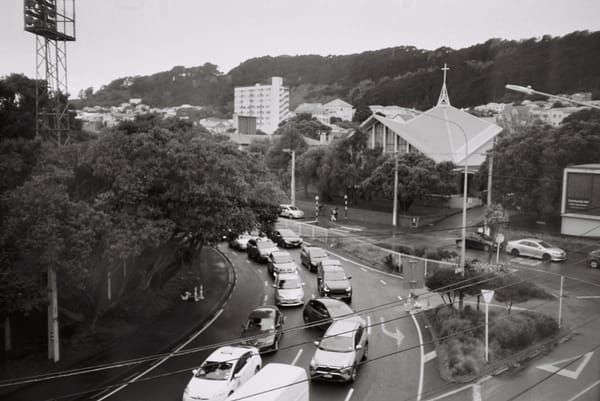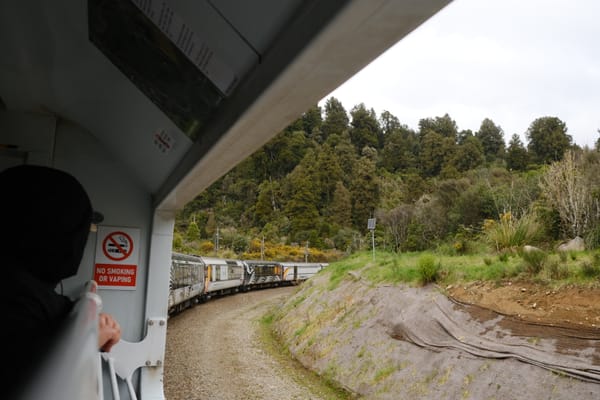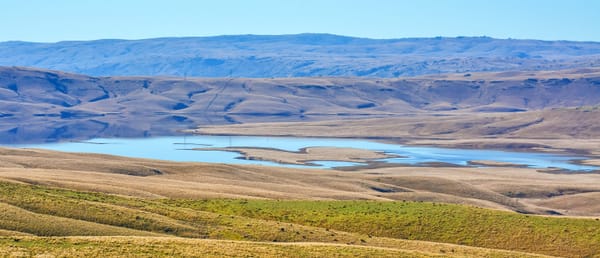Our electricity market is radically growing. A dam you’ve never heard of could have changed it forever

The current Coalition government has been in the news repeatedly for doing things that will make climate change worse.
They have made it possible to drill for oil and gas, made electric cars more expensive and gas guzzling cars cheaper, and removed agriculture’s responsibility to pay for pollution.
All of this warms the world, puts more of Wellington and Aotearoa at flood risk, makes cyclones like Gabrielle more likely, and endangers more people’s lives.
These do get covered in the news cycle – and they have a big impact on our transition to no carbon pollution. However, there are some big projects that the Coalition government cancelled which you’ve probably never heard of.
One I wanted to explore today was the NZ Battery Project – which would have been a pumped hydro dam at Lake Onslow. According to the Parliamentary Commissioner for the Environment, it would have fundamentally changed the future of our electricity system and made the least polluting system possible as we move all our energy needs to be powered by electricity.
What the hell is pumped hydro?
Pumped hydro is an adaptation of your typical hydroelectric dam. Like a typical dam, it stores water in a big reservoir and lets water out past turbines to generate electricity.
Unlike a typical dam, it’s not fed by a natural water source. It uses pumps to fill its reservoir instead. When the sun shines and the wind blows, electricity is cheap. Pumped hydro uses that cheap electricity to pump water high up into the dam. It stores that water for when you need to make electricity. It is a giant, watery battery.
Why did we need a new type of dam?
Even though electricity generated by the sun, wind and water is cheap, it has a fundamental flaw. It’s intermittent, meaning that it only generates under certain conditions. Solar panels on the roof won’t generate much power when it’s night time.





